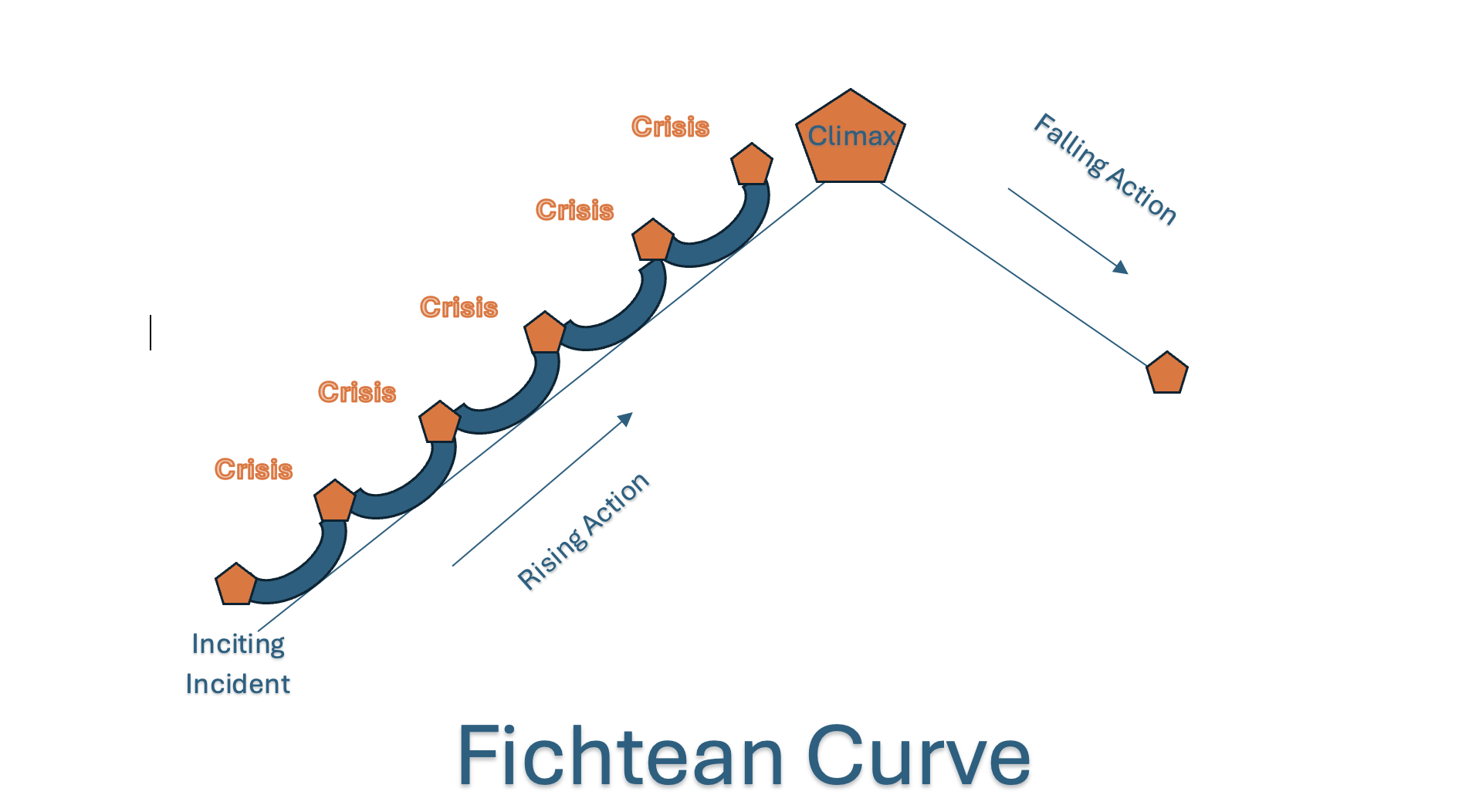What Is Narcissistic Abuse?
Amazon Affiliate Disclosure
Pauline J. Grabia participates in the Amazon Services LLC Associates Program, an affiliate advertising program, and earns from qualifying purchases from links in this post.
Please subscribe to my email newsletter for updates on my website and blog and exclusive access to the Prologue of my novel, Filling the Cracks, posted a chapter at a time each Wednesday on my blog. You can do so in the form found in the footer of this page. Thank you!
Introduction
In the last blog post, I wrote about domestic violence: what it is, how to find help, and why I write about it in my stories. I mentioned that domestic violence or abuse is pervasive and destructive not just to the victim of the abusive partner but to anyone else in the family and society. I also said that this week I would discuss a type of abuse commonly found in domestic situations (though not exclusively so): narcissistic abuse. In my stories, I also write about narcissists and the abuse they cause others. For that reason, I will briefly define what it is here.
What is Narcissistic Abuse?
To understand narcissistic abuse, we must first understand what it means to call someone a narcissist. In psychological terms, a narcissist is someone who suffers from a personality disorder called narcissistic personality disorder (NPD), as defined by the Diagnostic and Statistical Manual V, or DSM V, the ‘Bible’ of psychology that defines and helps with the diagnosis of mental and personality disorders by mental health professionals. The DSM V defines NPD in some detail. Still, for our purposes here, people with NPD have certain traits that are common to the disorder, including low or even a complete lack of empathy, seeing others as beneath them or inferior (so the person with NPD had a superiority complex), leading them to treat others with harmful, toxic, and abusive behaviors that can include insults, threats, accusations, and manipulation. Therefore, it can be understood that narcissistic abuse is a type of emotional abuse that comes from a person with narcissistic personality disorder,
Narcissistic abuse “occurs when a narcissist progressively manipulates and mistreats people to gain control over them, creating a toxic environment full of emotional, psychological, financial, sexual, or physical harm.” (1) Narcissists are natural exploiters, and they do this through “gaslighting, sabotaging, love-bombing, lying, and twisting situations to suit their needs.” (2)
What are the Signs of Narcissistic Abuse?
There are several signs of narcissistic abuse, which include the following:
1. Love-bombing: The narcissist (someone with NPD) showers their victim with compliments and affection, initially seeming positive, but the narcissist intends to manipulate their target emotionally. Through love-bombing, the narcissist earns their victim’s trust so they can use it to control them.
2. Gaslighting: The narcissist, when called out on their behavior, may deny hurtful actions, pretend like they don’t remember the events being described, or accuse their victim of lying or not understanding the way things “really” happened. It is a tactic the narcissist uses to make their victim doubt themselves, leaving them vulnerable to more narcissistic abuse in the future.
3. Ignoring Boundaries: Narcissists will test, ignore, and violate boundaries entirely. Examples of this include reading their victim’s text messages or diary, following their victim around (stalking), or doing things that the victim asked them not to do. Narcissists often become angry and defensive or accuse the victim of wrongdoing if the victim tries to assert their boundaries. That’s why it’s essential for the victim if they can’t leave a narcissist, to learn how to assert and protect their boundaries around one.
4. Projecting: A Narcissist may project their bad behavior onto their victim rather than accept responsibility and blame for their mistakes and bad behavior. This means they might accuse their victim of the wrongdoing they are guilty of. A narcissist might, for example, accuse a partner of cheating when the narcissist has been cheating on their partner. This common manipulation technique is known by the acronym DARVO, standing for Deny, Attack, Reversing this Victim and the Offender. The narcissist often does this to deny guilt and damage their victim’s credibility.
5. Nitpicking: In all relationships, some criticism of one person with another is normal, but a narcissist can make a person feel like everything they say and/or do is wrong: their appearance, behaviors, thoughts, opinions, even the sound of their voice. The narcissist may often couch criticism as “a joke” or “constructive.’
What are Examples of Narcissistic Abuse to look for?
Some examples of narcissistic abuse include but are not limited to the following:
1. Withholding: the narcissist may withhold money, affection, or communication to punish their victim or control them (manipulate them). The silent treatment is a specific example of this.
2. Emotional Blackmail: The narcissist may use the victim’s emotions against them to make them feel guilty or fearful.
3. Insults: Narcissists often use verbal abuse like name-calling, harsh criticism, and other insults to chip away at their victim’s self-esteem. This is often disguised in the form of sarcasm or “jokes.”
4. Malicious Gossip: The narcissist may intentionally spread lies about their victim or their behavior. Such slander is intended to damage the victim’s reputation and isolate them from others.
5. Sabotage: The narcissist may attempt to sabotage their victim’s career, relationships, and other aspects of their lives to keep the victim under their control and increase the narcissist’s power over them.
6. Accusations: The victim of a narcissist may be unfairly accused of lying, cheating, stealing, or any number of other crimes, which puts the victim on the defensive and deflects attention away from these behaviors being committed by the narcissist.
Effects of Narcissistic Abuse
The negative impacts of narcissistic abuse on its victims are extremely negative and long-impacting. They detrimentally affect the victim’s physical and emotional well-being. Some of the damaging effects may include:
1. Anxiety and Depression: This is common among victims of narcissistic abuse, negatively impacting daily life. Narcissists often isolate their victims; social isolation is a known contributing factor to clinical depression and anxiety.
2. Post-Traumatic Stress Disorder (PTSD): the abuse can be intense enough to trigger this disorder where the victims have a heightened anxiety response and are always on their guard (hypervigilance). They can also suffer flashbacks of the abuse and struggle with intense guilt and shame.
3. Cognitive Issues: narcissistic abuse causes trauma that causes the brain to release stress hormones which, over time, impact cognitive brain function, including memory issues and difficulty in concentrating.
4. Other health symptoms: this category includes symptoms like headaches, nausea, indigestion, gastric reflux, an increased risk of developing ulcers, neurological disorders like fibromyalgia, and heart disease.(3)
Exit and Healing from Narcissistic Abuse
There is healing possible from narcissistic abuse, but it almost always requires the victim to terminate or at least reduce contact with the abuser. Ending such relationships and going no-contact with the narcissist is usually necessary for the victim's mental health. This is because a true narcissist is incapable of empathy or true love, and since they are unhappy with themselves, the victim cannot do anything to make them happy or cause them to want to change. This can be challenging for the victim to do for several reasons, including:
· The narcissist may beg, make promises to change, and otherwise try to suck (hoover) the victim back into the relationship.
· The narcissist may lavish the victim with gifts and time.
· The narcissist may profess undying love for the victim (a resurgence of love-bombing behavior).
The victim must not give in to these manipulations for their own sake. They are worthy of better. They are worthy of love and respect.
The road to recovery and healing after narcissistic abuse is long and difficult, but it is possible. What’s vital is that the victim finds a therapist with experience working with trauma victims to help them:
· Work through denial, guilt, and shame.
· Process the grief of ending a relationship.
· Challenge their negative thoughts and feelings.
· Deal with depression, anxiety, and other mental health issues brought on by the abuse.
· Reclaim their identity.
· Forgive themselves.
· Understand their feelings.
· Build new coping skills.
· Tell others about the abuse.
· Fight the urge to contact or get back with the abuser.
· Overcome self-harming behaviors or suicidal ideation.
Conclusion
Because narcissistic abuse is a common form of emotional abuse found in many types of relationships, including domestic relationships, and it has far-reaching negative impacts on the victims and the society in which they live, I find myself compelled to write about it in my stories. I have been the victim of narcissists in more than one of my relationships, leaving me with cPTSD and chronic prolonged depression. This is a subject important to me that I feel needs exposure. The more people are aware of narcissistic abuse, the fewer will be sucked into relationships with emotional vampires like those with NPD.
Thank you for visiting my blog. I hope this post has been informative and helpful to you. If you have any questions, please leave them in the comments section below. Also, please subscribe to my newsletter and share this blog with your friends and family. May God bless you richly!
Pauline
1 “Narcissistic Abuse: Signs, Effects, and Treatments” by Nakpangi Thomas, PH. D., May 14, 2022, on choosingtherapy.com.
2 Thomas, 2022
3 “What is Narcissistic Abuse?” by Elizabeth Keohan, on Talkspace.com.




In previous posts, we have explored various forms of story structure, including Freytag’s Pyramid, the Fichtean Curve, and the Hero’s Journey. Each of these is an effective story structure for a writer, depending on the narrative. The Three-Act Story Structure is one of the most used story frameworks in literature and film. This structure divides the story into three main sections or acts: Act 1, the Setup (or Beginning); Act 2, the Confrontation (or Middle); and Act 3, the Resolution (or Ending). This will not be a comprehensive exploration of the three-act structure, as there are other blogs listed at the end that do a much better job than I could of deeply examining the elements of this structure.